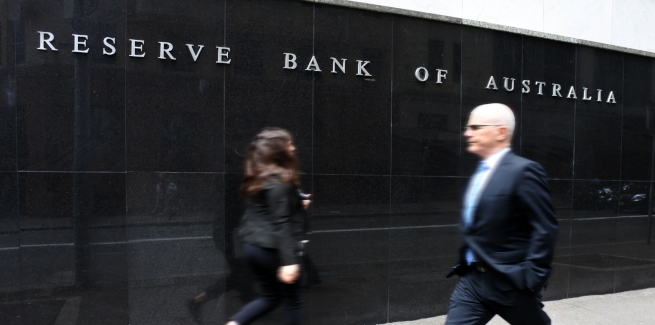According to AMP chief economist Shane Oliver, the Reserve Bank of Australia’s monetary policy strategy may be undermined by recent developments in the global economy.
Earlier this month, the RBA cut the official cash rate for the first time since August 2016, dropping it to a new record low of 1.25 per cent.
Following the announcement, RBA governor Philip Lowe said that “at its core”, the board’s decision to cut rates was made to “support employment growth and to provide greater confidence that inflation will be consistent with the medium-term target”.
In minutes released from the RBA’s board meeting, the central bank acknowledged that further cuts to the cash rate are “more likely than not”.
The RBA’s unusually strong signal to the market prompted observers to predict back-to-back rate cuts in July and August, as part of an aggressive strategy to stimulate the labour market.
However, expected rate cuts from the Federal Reserve in the United States and from the European Central Bank (ECB) could prompt the RBA to revise its monetary policy strategy.
Both the Federal Reserve and the ECB have signalled that they will look to lower rates in the coming months, with Mr Oliver expecting the former to drop rates twice in 2019.
According to Mr Oliver, the reductions would undermine the RBA’s hopes for a lower Australian dollar to improve the domestic labour market’s competitiveness in the global economy.
“Lower interest rates in the US and Europe, or globally generally, could put upwards pressure on the value of the Australian dollar at a time when the Reserve Bank would prefer a lower Australian dollar,” Mr Oliver told Mortgage Business.
“That makes their job a little bit harder, maybe they’ve got to ease further than they otherwise would have to get the Australian dollar.”
Mr Oliver added that the RBA would, however, be pleased that it’s easing strategy reflects the approaches of its foreign counterparts but noted that Australia’s banks would come under further pressure if the central bank adopts a more aggressive rate-cutting policy.
“Lower and lower cash rates will put pressure on bank margins,” Mr Oliver said. “It creates problems for them.”
He added: “Either they take a hit on margins in return for hopefully getting good publicity or they don’t take the hit on margins and accept the negative publicity that comes with that, so it’s a bit of a balancing act for the banks.”
The RBA’s June cash rate announcement prompted an immediate response from the market, with several lenders, including the big four banks, passing on the reduction to their mortgage customers.
However, some lenders opted not to pass on the cut in full, citing margin pressures and considerations for deposit customers.
The Australian Prudential Regulation Authority’s (APRA) latest quarterly ADI institution performance statistics, revealed that the collective net profit after tax of Australia’s banks fell by 12.6 per cent ($1 billion), from $8.31 billion in the March quarter of 2018 to $7.26 billion in the March quarter of 2019.
When assessed on an annual basis, the collective net profit after tax of Australia’s ADIs dropped by 4.1 per cent ($1.6 billion), from $36.1 billion in the 12 months ending 31 March 2018 to $34.5 billion in the 12 months ending 31 March 2019.
However, Mr Oliver said the RBA would consider the challenges facing Australia’s banking sector when determining its monetary policy approach.
“The Reserve Bank is aware of this issue, which makes me think that they probably won’t take rates to 0 like we’ve seen in the US a few years ago, and of course in the Europe and Japan,” he said.
“I think the Reserve Bank will follow what we’ve seen from the Bank of England, where they cut to about 0.5 per cent.
“Then they will start to consider other measures to boost the economy, such as quantitative easing.”
He concluded: “Hopefully it won’t come to that, but maybe another three cuts to go and then they’ll have to consider some other ways to help the economy.”
The RBA’s next monetary policy board meeting is scheduled for next Tuesday (2 July).
[Related: Hat-trick of RBA rate cuts on the table]

